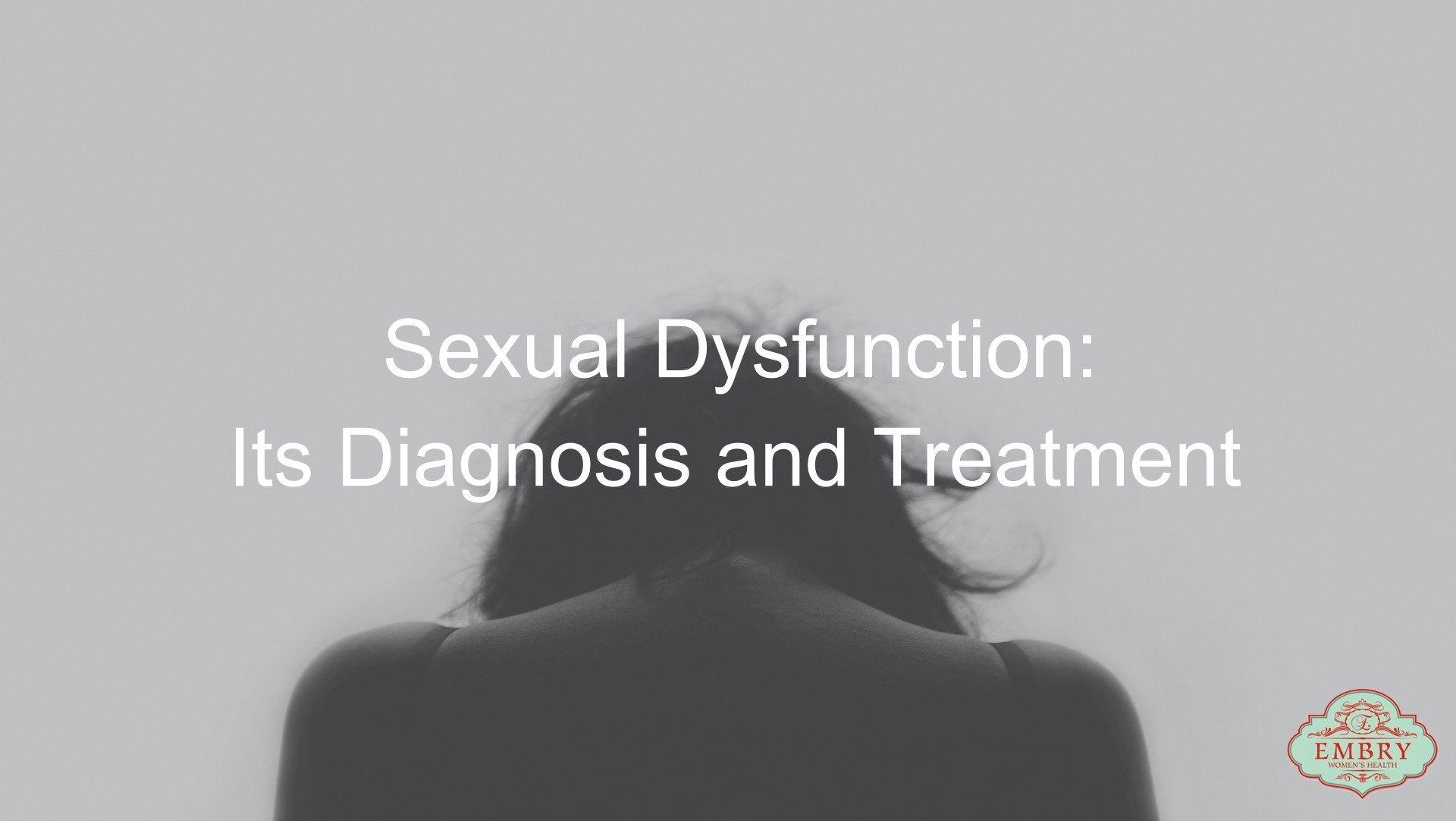Sexual health issues or Sexual Dysfunction happens when a person cannot enjoy sexual activity due to issues. Sexual Dysfunction affects both men and women alike; however, the chances of suffering from it augments as a person ages. Sexual Dysfunction most commonly occurs due to poor management of stress. Some other causes of it include:
- psychological problems
- diabetes
- sexual trauma
- cardiac issues
- use of drugs
- use of alcohol
- certain types of medications
Sexual Dysfunction in Women
Pain and discomfort are the most common signs of sexual Dysfunction among women. However, other conditions come under female sexual Dysfunction. The various types of sexual dysfunctions in females, as recognized by health experts are:
- issues with sexual arousal
- issues with sexual desire or low libido
- issues with reaching orgasm
- experiencing pain and discomfort during sex
Just like cancer, depression, etc., there are different types of female sexual Dysfunction as well. Therefore the treatment and diagnosis depend on the symptoms that differ from case to case. Some of the different types of female sexual Dysfunction are:
-
Orgasmic Disorder
It is referred to as when a woman is fully aroused and yet is unable to reach orgasm. This usually happens to women who have either not experienced an orgasm before or those who have experienced it. Due to certain medications, their overall health condition, lifestyle, etc. are not able to reach orgasm again.
-
Dyspareunia
Dyspareunia refers to experiencing pain while having sex. It does not matter when the pain is experienced, whether before, during, or after sex. If the pain comes in the way of enjoying and experiencing satisfaction with a person’s sex life, it can be termed as sexual dysfunction. Dyspareunia is a very common condition that is experienced by at least 6 in 10 women.
In vaginismus, the muscles surrounding the vagina spasm involuntarily while something is being inserted in it, which makes it almost impossible to have sex or even insert a tampon as it causes excruciating pain.
-
Hypoactive Sexual Desire Disorder (HSDD)
It is defined as a complete lack of sexual thoughts, fantasies, and desire to engage in sexual activity. It can cause a lot of issues for the person that is suffering from it and can also cause relationships to turn sour and even fall apart. Hypoactive Sexual Desire Disorder is not linked to the use of drugs and alcohol; it is simply being uninterested in having sex. It is also a condition that remains undiagnosed in many women.
-
Subjective Arousal Disorder
It means when a person is not aroused or is simply not interested in having sex. It can also refer to when someone is not getting pleasure from having sex. Women who do not get aroused by certain stimulations like kissing and physical stimulation despite experiencing vaginal lubrication are said to suffer from subjective arousal disorder.
-
Genital Sexual Arousal Disorder
Genital sexual arousal disorder is often referred to as genital deadness and is mostly experienced by post-menopausal women. It is when someone does not get aroused when their partner gives them genital stimulation. Women that feel aroused when they are being kissed but not when there is genital stimulation involved are said to be suffering from a genital sexual arousal disorder.
-
Combined Genital and Subjective Arousal Disorder
This is when neither physical stimuli nor genital stimulation arouses a woman. As the name suggests, it is a mix of subjective and genital arousal disorder.
-
Persistent Genital Arousal Disorder or PGAD
It is when a woman feels an uncontrollable and spontaneous sexual arousal even when there is no sexual stimulation or sexual desire involved. The worst part is that the condition is not resolved even after experiencing an orgasm.
Even if a woman is experiencing similar signs that might point towards a possible female sexual dysfunction unless the symptoms do not cause any issues in their sex life, there is no need to get worried.
Diagnosis of sexual dysfunction disorders
If someone is experiencing certain issues coming in the way of enjoying a fulfilled sexual life, they should consult a doctor right away as those signs might be associated with a possible sexual dysfunction disorder. The health care expert will perform certain medical tests and also ask questions to ascertain that it is not something else. Therefore while undergoing a diagnosis, it is important not to have any secrets and openly discuss every issue that you are experiencing, including any sexual trauma, a history of drug and alcohol abuse, and any previous occurrence of a sexually transmitted disease.
Treatment of Sexual Dysfunction Disorders
Treatment of sexual dysfunction disorders can be done via various methods, including counseling, certain medications, surgeries, therapy, and lifestyle changes. Along with consulting health care experts, you can also see a sex therapist. As with every disease, sexual dysfunction disorders also do not get resolved magically; the person suffering from a sexual dysfunction disorder needs to be patient with their treatment in order to see any positive results.
At our practice, your treatment will depend on a careful review of your symptoms on painful intercourse and other sexual dysfunction and a thorough examination, including a pelvic exam. In some cases, ultrasound evaluation may also be prescribed.
References
- Reference taken from Diagnosis and Treatment of Female Sexual Dysfunction from aafp.org
- Agency for Healthcare Research and Quality





Leave A Comment